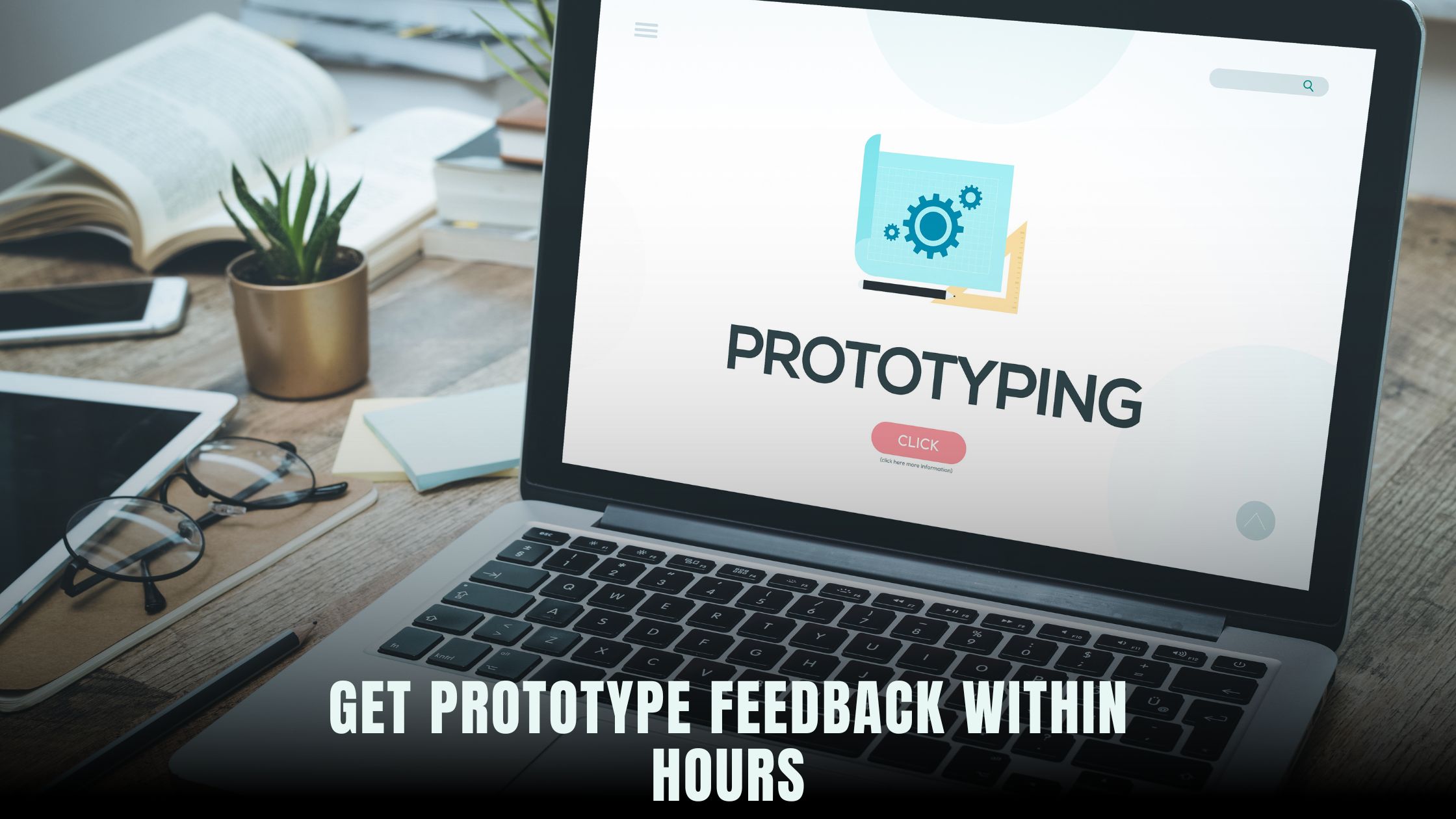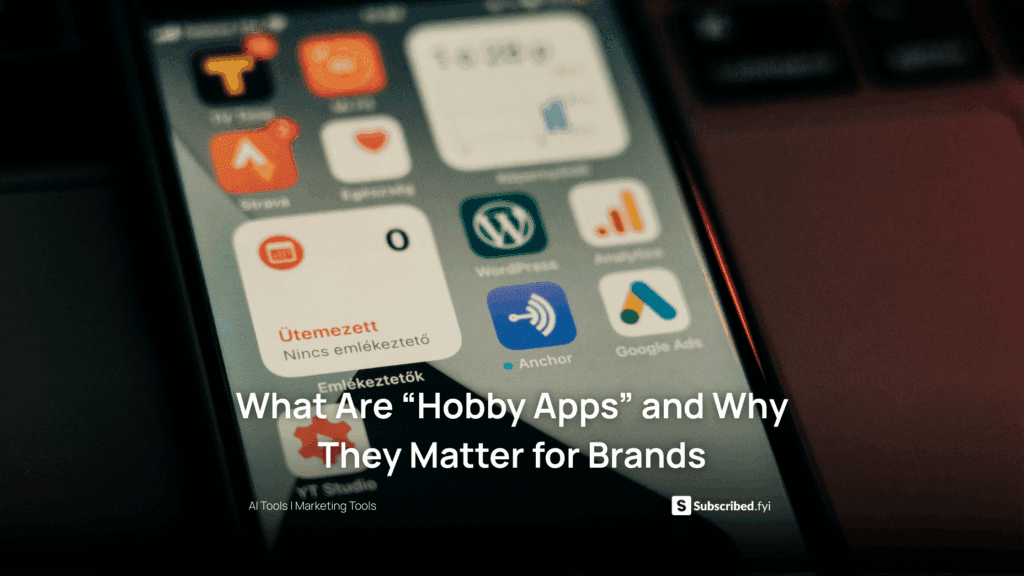How to Get User Feedback on Your Prototype Within Hours?
- WebOps Platforms Bug Tracking & Feedback Software Web Development & Design Website Builder


Getting honest user feedback fast can transform your prototype from a rough sketch into a polished product. With platforms like Hostinger Horizons, you can describe your app idea in plain English and have a working prototype ready in minutes. Horizons bundles hosting, domains, SSL, and 24/7 expert support, so you spend less time on setup and more time on testing. If you want to compare no-code builders, the Vibe Coding directory shows tools that excel at rapid iteration and user testing.
To gather feedback within hours, you need a clear plan, streamlined workflows, and easy-to-share prototypes. Start by setting goals for your test, then publish a live demo link through Hostinger Horizons’ sandbox environment. Embed quick surveys directly into your app or use external tools, and invite your testers via personalized URLs. By combining AI-driven build speeds with structured feedback loops, you’ll know which features delight users and which need work before your public launch.
Why Rapid User Feedback Matters
User feedback early in the design process helps you spot major usability issues before they become costly to fix. People often interact with prototypes differently than your team expects. Watching real users click through screens reveals navigation gaps, confusing labels, and unmet needs. Collecting feedback within hours keeps momentum high and allows you to pivot quickly. Fast feedback cycles also boost stakeholder confidence, showing that your app can evolve based on real insights rather than guesswork.
Feedback isn’t just about finding bugs. It’s about understanding user motivations, pain points, and emotional responses. A simple five-question survey can highlight which feature excites users most or which wording falls flat. When you act on these insights quickly, you build trust and demonstrate that user needs guide your product roadmap. Ultimately, rapid feedback leads to a better user experience and a stronger competitive edge.
Setting Clear Objectives for Your Prototype Test
Defining what you want to learn guides your testing process. Are you checking if users can complete a signup flow, or do you want to validate the value of a single feature? Write down specific questions like, “Can users find the feedback button without instructions?” or “Do testers understand how to navigate between screens?” Clear objectives help you design targeted tasks and craft concise feedback forms that yield actionable answers.
With Hostinger Horizons, you can instrument your prototype without code. Simply ask the AI chat to “track click events on the submit button” or “measure time spent on the dashboard.” These event hooks feed into your analytics dashboard in real time. By setting up event tracking early, you ensure that every click, swipe, or form submission is recorded and attributed to specific test scenarios.
Choosing the Right No-Code Platform for Instant Prototyping
Not all no-code tools are built for testing. You need a platform that lets you publish and update prototypes without downtime. Hostinger Horizons offers one-click deployment to a secure sandbox URL. Your link is password-protected and SSL-enabled, giving testers a safe environment to explore. Other builders in the AI-powered website builders list like Fine AI or Tempo also generate prototypes quickly, but they may require manual domain setup.
When choosing your tool, look for built-in feedback integrations and rapid update cycles. Platforms with drag-and-drop form builders and AI chat interfaces let you add or adjust features based on tester comments in minutes. If you foresee multiple testing rounds, ensure the platform supports version control or snapshot rollbacks so you can compare different prototype iterations side by side.
Preparing Your Prototype for User Testing
Your prototype should be as close to a real app as possible, with interactive flows, styled components, and basic data interactions. Sketch out the core user journey, then use Hostinger Horizons’ AI assistant to “generate login screens, profile pages, and feedback forms.” Upload your sketches or brand assets to guide the design, ensuring visual consistency. Fill in sample data so testers can see realistic content rather than placeholder text.
Before you send links to testers, run an internal check. Navigate every screen, submit forms, and trigger error states to confirm stability. Hostinger Horizons’ sandbox environment isolates your prototype from production, so test failures don’t impact real users. Once you’re confident that all core flows work, it’s time to invite real participants.
Generating and Sharing Secure Prototype Links
Controlling access to your beta prototype helps manage tester numbers and maintain privacy. Hostinger Horizons allows you to create invite-only URLs with expiration dates. In the AI console, prompt “generate 50 unique invite links valid for seven days,” and paste those links into your invitation emails or a private Slack channel. You can also embed the demo on an internal webpage with a passcode.
Tracking which link each tester uses gives you context for their feedback. Horizon logs who signed up with which URL, so you can follow up with individuals who didn’t complete key tasks. If you notice certain invitees never load the prototype, you might send a reminder or simplify the onboarding steps to reduce friction.
Designing Feedback Forms That Yield Actionable Insights
Effective feedback forms strike a balance between guided questions and open comments. Embed your form at the end of a key flow or as a modal that appears after testers complete a task. Hostinger Horizons’ form builder can add fields like star ratings and dropdowns without extra code. Ask testers to rate ease of use, clarity of navigation, and overall satisfaction on a simple scale.
Include one or two open-ended questions to capture unexpected insights, such as “What did you like most about this screen?” or “What confused you during this step?” Linking form submissions to user sessions helps you replay sessions and see where testers struggled. Horizon’s dashboard displays responses alongside event data, giving you both qualitative and quantitative views.
Recruiting Testers and Boosting Participation
Your feedback is only as good as your tester pool. Start with colleagues, friends, and existing customers who fit your target profile. Personal outreach often yields the most honest feedback. If you need more testers, post links on relevant forums, Reddit communities, or social media groups. Offer incentives like early-bird access, gift cards, or special discounts to encourage participation.
Keep testers engaged with personal messages and timely updates. Host a short kickoff webinar or create a private channel where testers can share their experiences. With Hostinger Horizons, you can send automated emails from the platform to remind testers of deadlines or highlight new prototype features.
Gathering Quantitative and Qualitative Feedback
Combine metrics and commentary to get a full picture. Horizon’s analytics dashboard shows task completion rates, drop-off points, and time-on-task. Pair this data with survey responses and open-text comments to understand the why behind the what. Pinpoint areas where many users hesitate, then review screen recordings or session logs to observe their exact interactions.
Qualitative feedback often uncovers unmet needs or confusing labels that raw numbers miss. If five users report the same confusing button label, change it via AI chat—prompt “rename ‘Proceed’ button to ‘Next Step’”—and republish the prototype instantly. This rapid iteration closes the feedback loop in hours, not days.
Iterating on Feedback in Real Time
The beauty of no-code, AI-driven platforms is the ability to iterate instantly. In a single AI chat session, you can adjust layouts, tweak copy, and add new fields. Horizon’s sandbox updates live, so testers can re-enter the link and see improvements without clearing caches or downloading a new build.
Organize feedback into quick fixes and larger enhancements. Minor changes like button color swaps or label tweaks go live immediately. For more complex updates—such as adding a new feature flow—schedule a rapid sprint, then deploy and invite testers back for round two. Speedy iterations keep testers engaged and demonstrate your commitment to their input.
Measuring Success and Refining Your Approach
At the end of your feedback window, review your objectives and measure against them. Did your signup completion rate hit the target? Did users rate onboarding clarity above your threshold? Use these metrics to decide whether to move to a wider beta or public launch.
Document lessons learned and update your prototype handbook. Note which tasks consistently caused friction and which design patterns users loved. This knowledge informs future prototypes and helps you build a more user-centered product.
Sustaining Feedback Loops Beyond the Prototype
User feedback shouldn’t end when the prototype phase wraps up. Post-launch, embed feedback widgets powered by Horizon’s form modules to gather ongoing insights. You can schedule periodic check-ins or new feature tests directly in your live app. Maintaining a feedback channel nurtures a community around your product and helps prioritize future enhancements.
Why Hostinger Horizons Elevates Your Feedback Workflow
Hostinger Horizons streamlines every step of rapid user testing. From AI-driven prototype generation to one-click sandbox deployment, Horizon reduces setup time to minutes. Its AI chat interface simplifies event tracking, form embedding, and update deployment—no technical skills required. The platform’s autoscaling hosting and global CDN ensure your prototype remains responsive under heavy tester loads. With bundled domains, SSL, and expert support, solopreneurs can run professional-grade user tests without juggling multiple vendors or incurring hidden costs.
Bringing It All Together: Your Fast-Track Feedback Blueprint
Getting user feedback within hours is within reach for any team or founder. By setting clear goals, choosing the right AI-powered platform, and designing focused feedback forms, you gather the insights that drive product success. Hostinger Horizons offers the tools to build, share, and iterate on your prototype at lightning speed, so you turn real-world feedback into tangible improvements—and deliver an app your users love.
Relevant Links
- Hostinger Horizons
- Lovable AI
- Bolt
- Tempo
- V0
- Lazy AI
- Fine AI
- Windsurf
- Cursor
- Vibe Coding Directory
- AI-Powered Website Builders





